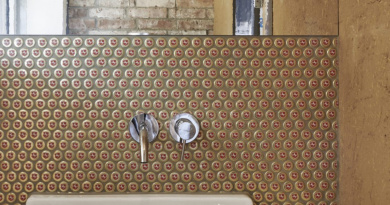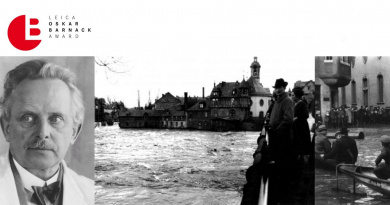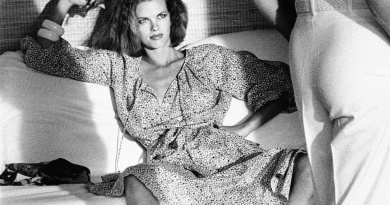The Gropius Bau is pleased to present Dancing with my Camera, the first major survey of the internationally renowned artist Dayanita Singh. This exhibition showcases the work of Dayanita Singh, an artist redefining what photography can be today. Beginning in the 1980s, she has pioneered a genre-defying approach to photography, one that pushes the limits of the medium and the boundaries of how we experience images. Singh liberates the photo from the wall, and the book from the bookshelf, to create unique forms of display and dissemination. For the first time, we will be able to see all of Singh’s works together and understand how her photographs ask for, and find, time and again, a new form.
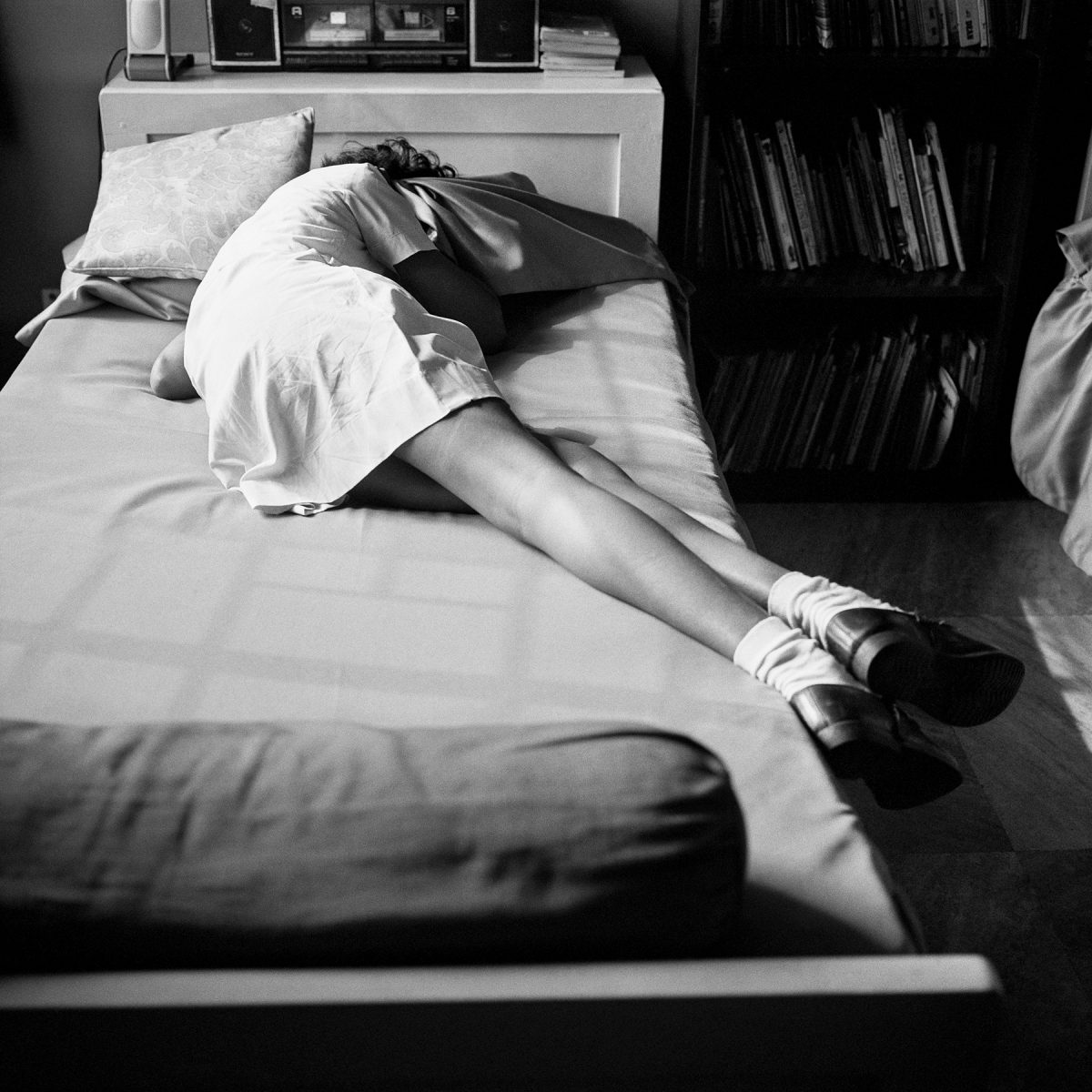
Dayanita Singh, Go Away Closer, 2007 © Dayanita Singh
For Dayanita Singh, the labour of photography lies not in the making of images but in conceptualising the forms within which they can grow. She challenges us to envision new, more mobile, accessible and fluid forms of exhibitions and museums. Her works traverse genres, forms and spaces – from mobile museums to book-objects, to books that become exhibitions themselves.
Dancing with my Camera presents the key works of Singh’s oeuvre: starting with I am as I am (1999) and Go Away Closer (2007), to her most recent projects, Let’s See (2021), Museum of Dance (Mother Loves to Dance) (2021), Museum of Tanpura (2021), Mona Montages(2021) and Painted Photos (2021–2022) that will be shown for the first time ever at the Gropius Bau.
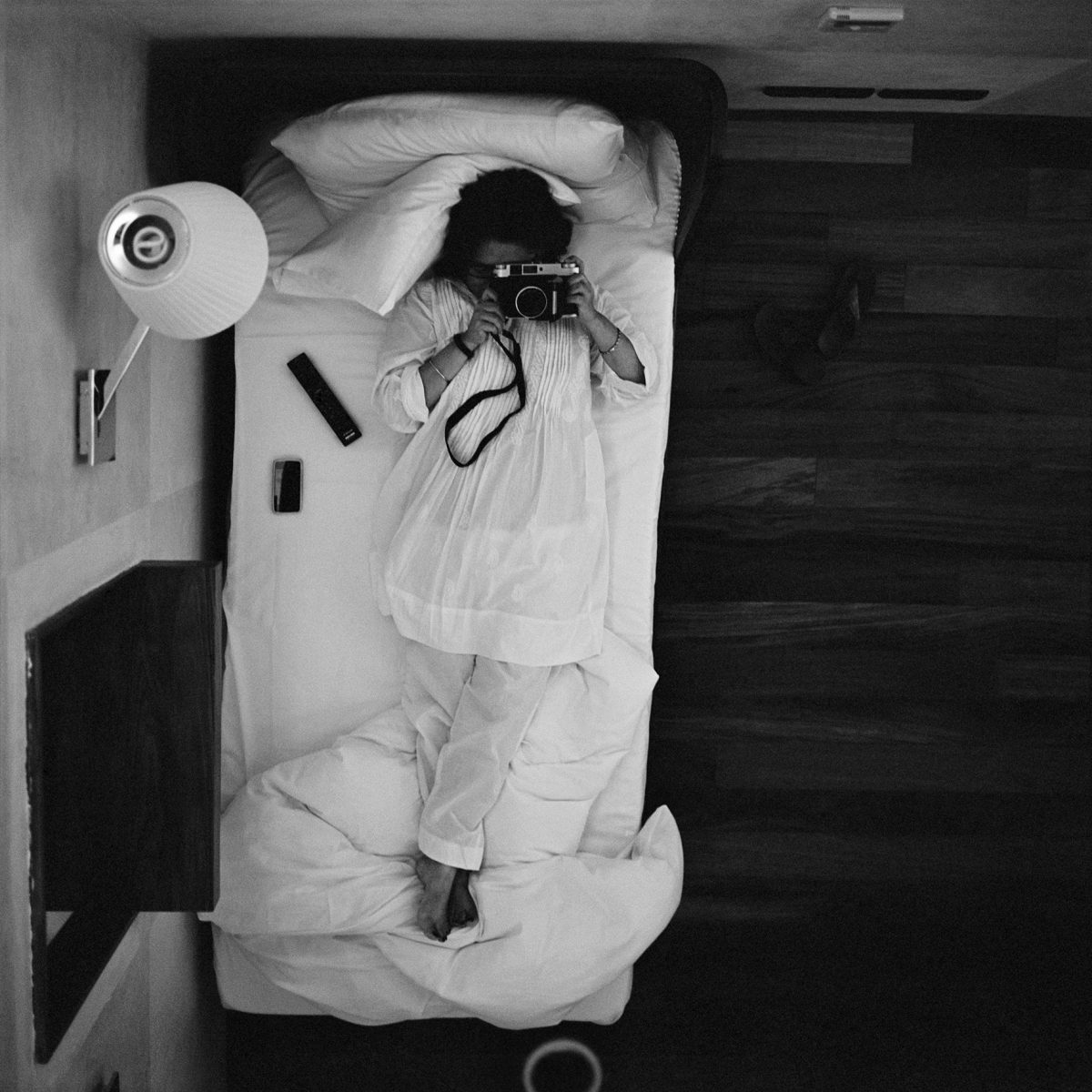
Dayanita Singh, Museum of Chance, 2013 © Dayanita Singh
For Singh, photography is the raw material, rather than an end in itself. Over forty years, she has built a vast archive of images that she has mined especially for this exhibition. Her images are activated in relation to the unique forms that she creates for them. In Dancing with my Camera, Singh takes us on a journey by way of an ongoing chorus of images. Along the way, we meet friends and acquaintances whom she has photographed over decades in formal and intimate spaces, within family homes and bureaucratic archives, and dancing in green rooms or cemeteries.
“After looking through an archive of four decades, I realised it barely matters what I photographed and how I photographed. What matters is that I photographed and photographed relentlessly, often the same places, people, year after year, decade after decade. That is the work.” — Dayanita Singh
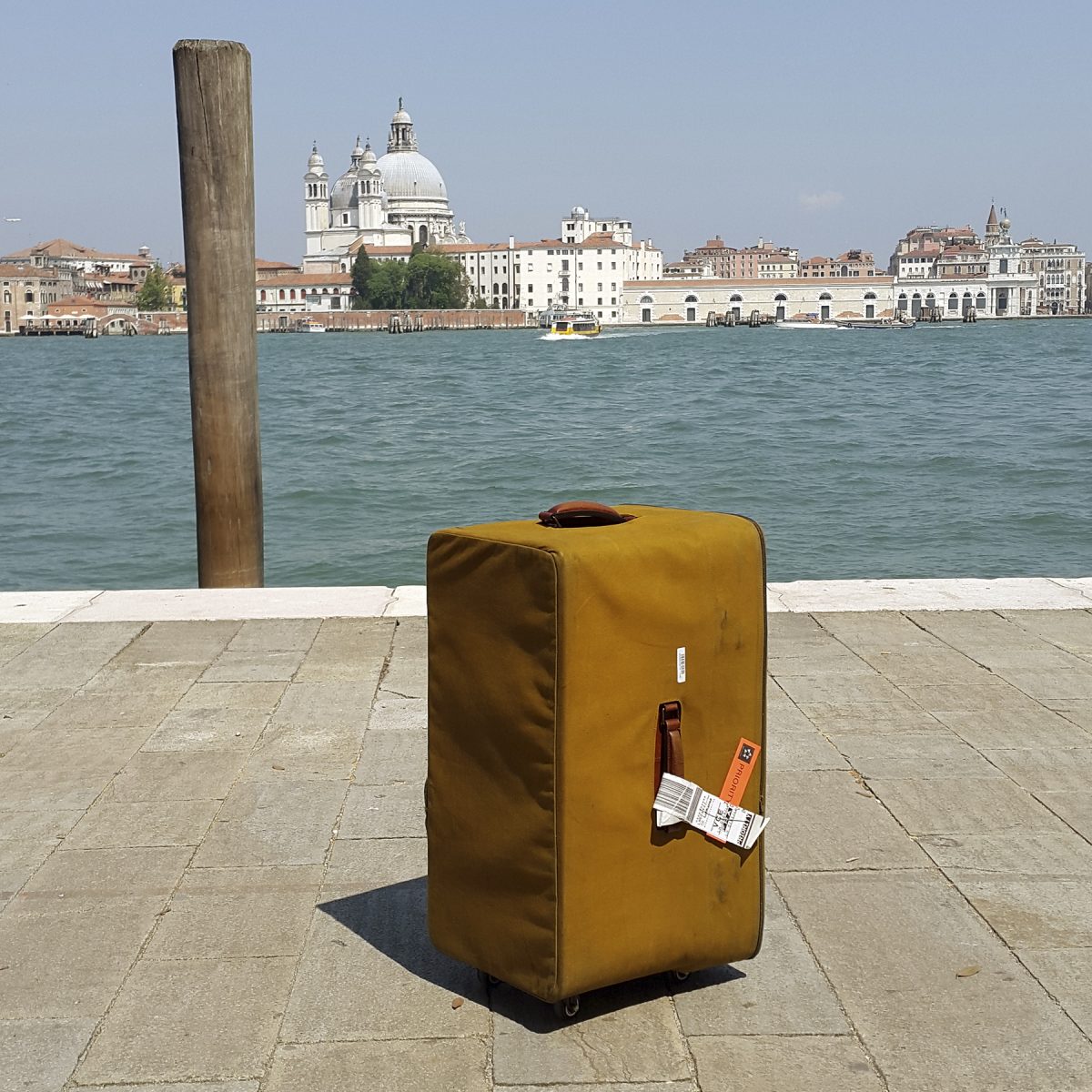
Dayanita Singh, Suitcase Museum, 2015
© Dayanita Singh, courtesy the artist and Frith Street Gallery, London
The survey charts the artist’s early encounter with her mentor, the tabla maestro Ustad Zakir Hussain, which precipitated her becoming an artist and led to her first book, Zakir Hussain: A Photo Essay (1986) while she was still a student. Displayed on the walls of the exhibition is the book Zakir Hussain Maquette (2019). Hussain is also one of the protagonists of the Museum of Tanpura (2021).
Several works are devoted to Mona Ahmed, a transgender individual and Singh’s closest friend who died in 2017, with whom she made the now classic book Myself Mona Ahmed (2001). This exhibition includes the new Mona Montages (2021) in which Singh manually cuts and pastes images of Mona into her Privacy, File Room and Masterji series. We also hear Mona reciting Urdu poetry in the video-work Mona Shayari (2013/2021).
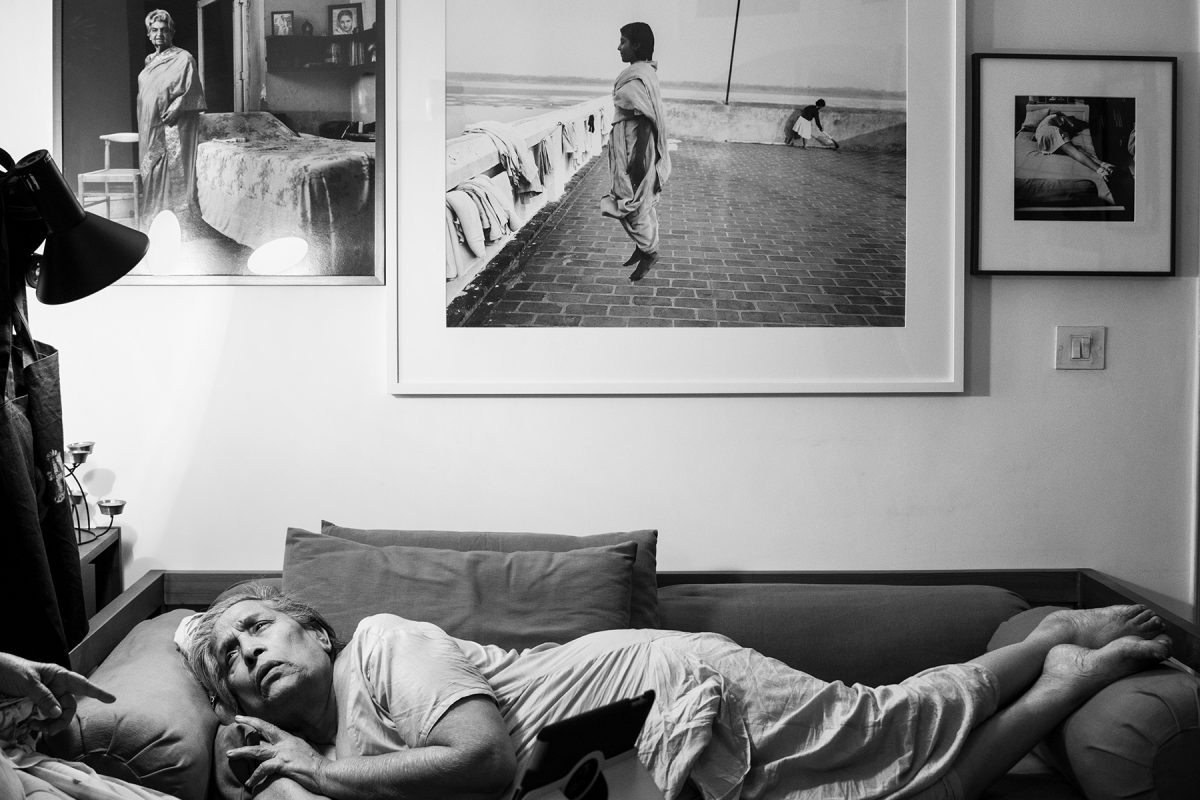
Dayanita Singh, Museum of Chance, 2013 © Dayanita Singh
One of Singh’s key inventions are her “museums”, which mark an important turning point in her practice and led to Museum Bhavan(2013): a travelling family of nine “museums”. Each museum holds a collection of old and new images drawn from the artist’s photographic oeuvre encased in mobile wooden structures. The museums are built to allow for quick changes in their images and to transform the space in which they are installed. They combine display and storage, and compel viewers to engage with their bodies as they dance around the constructions to experience the images. This is what Singh terms “photo-architecture”.
The Museum of Chance (2013) is the “mother museum” of the several museums presented. In its large wooden structures, viewers can see its 163 photographs. Across the hall, the same photographs transform into the Suitcase Museum (2015) that holds within it 44 Museum of Chance book-objects. In the same room, the photographs also take the form of one of the nine accordion fold books in the Museum Bhavanbox (2017). In this way, Singh’s work moves in ongoing circles between the forms that she invents. The domestic space of Museum of Shedding (2016) was built so that the artist herself could live inside it. It includes a bed and a desk as well as a visitor’s bench. TheArchitecture Pillars are constructed of modular cubes that can be rearranged endlessly and packed flat for ease of transport.
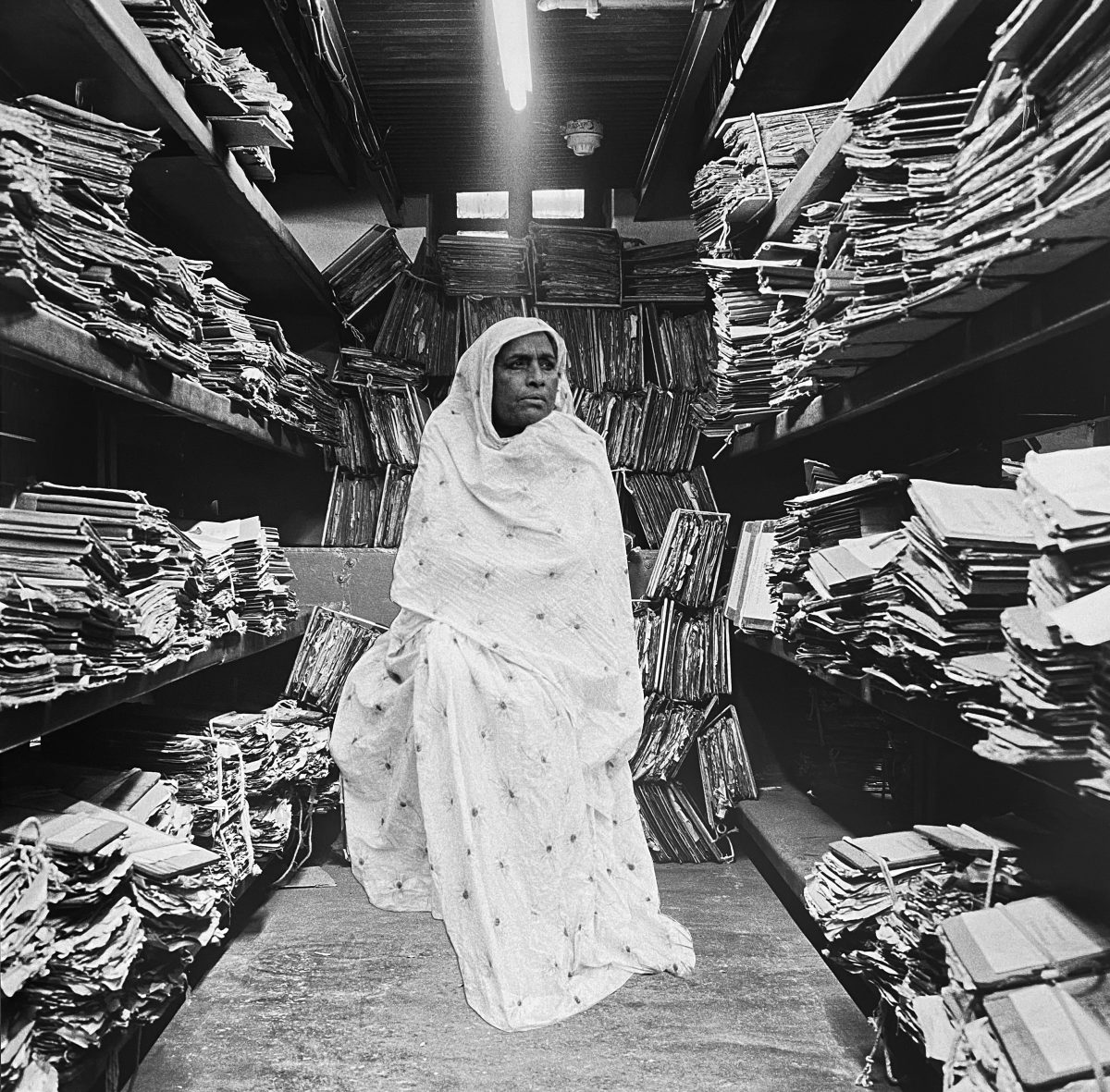
Dayanita Singh, Mona Montage, 2021 © Dayanita Singh
The retrospective also brings together Singh’s fascination with personal and institutional archives – through classic works such as File Museum(2012), File Room Bookcase (2014), Time Measures (2016) and Kochi Box (2016). She is equally obsessed with her own archive, which exists primarily in analogue contact sheets. Singh works with these sheets to continuously re-examine her archive. Through this process she generates new works such as Let’s See (2021) which has an entirely new form that draws from the contact sheet.
The human touch, dancing, movement and music as well as encounters with people, objects and media emerge as recurring leitmotifs in Singh’s images, as they pass through continents and geographies. Completed for the Gropius Bau exhibition, Singh’sMuseum of Dance (Mother Loves to Dance) (2021) results from the artist’s fascination with movement, and features a typology of images of dancers. The 108 images establish what can be described as a kinship of figures that have appeared in her work – from Mona, dancing on the streets and in the cemetery where she finally lived and is now buried, to Singh’s mother dancing during family weddings, to some of the greatest Classical Indian dancers and Bollywood choreographers.
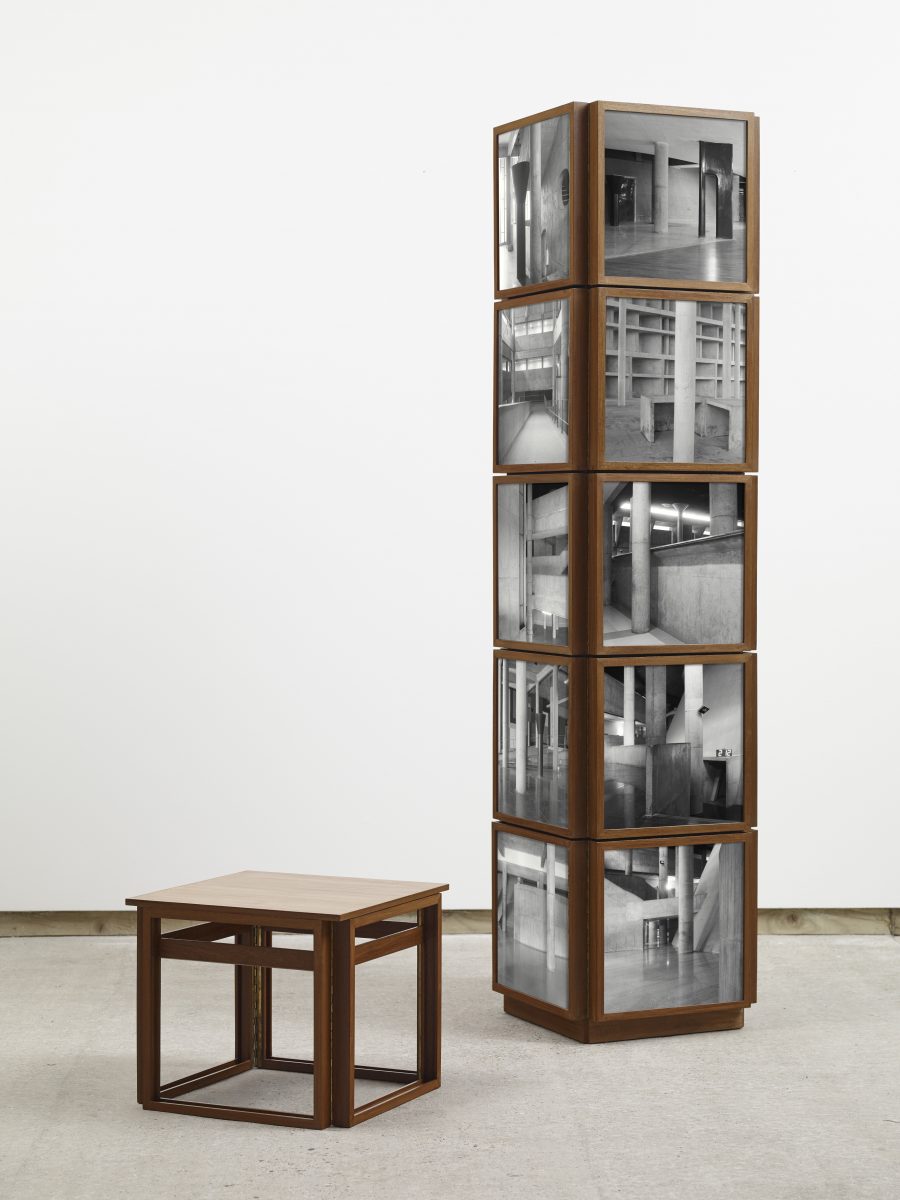
Dayanita Singh, Corbu Pillar, 2021, © Dayanita Singh
courtesy the artist and Frith Street Gallery, London
“Singh’s new forms free photography not only from time and space, but also from being bound to the wall. Her structures – museums, pillars, ladders, to name just a few – activate not only her images but also our bodies. She touches our senses by directing our movements while looking at images, which are subtle, intimate, familiar and at the same time not familiar at all. Singh’s work contributed a cornerstone of the Gropius Bau’s programming, focussed on ways of sharing common ground. The human touch, dancing, movement and music are central to Singh’s book-objects, photo-architectures and museums. Singh shows us how we are interconnected through the movement of bodies, information and images.” — Stephanie Rosenthal, Director of the Gropius Bau and the exhibition’s curator
Dancing with my Camera pays special attention to Singh’s book-objects, an essential component of her oeuvre: for Singh, the published book is not a supplement to the exhibition, but an exhibition in itself – subject to a continuous practice of transfiguration, and accessible to anyone to take home with them. By doing so, she invites people to become the curators of her work in their homes. Singh believes image making is a very small part of photography and the strength of the medium is in the power of dissemination. This is why she often calls herself an “offset artist”. Singh has published 13 books so far, and has recast our understanding of her books by giving them a more important role than even her exhibition prints. Most of her works are first conceived in the form of a book. Many of these books, originally published with Steidl as trade editions, are now shown in their book-object form in the exhibition.
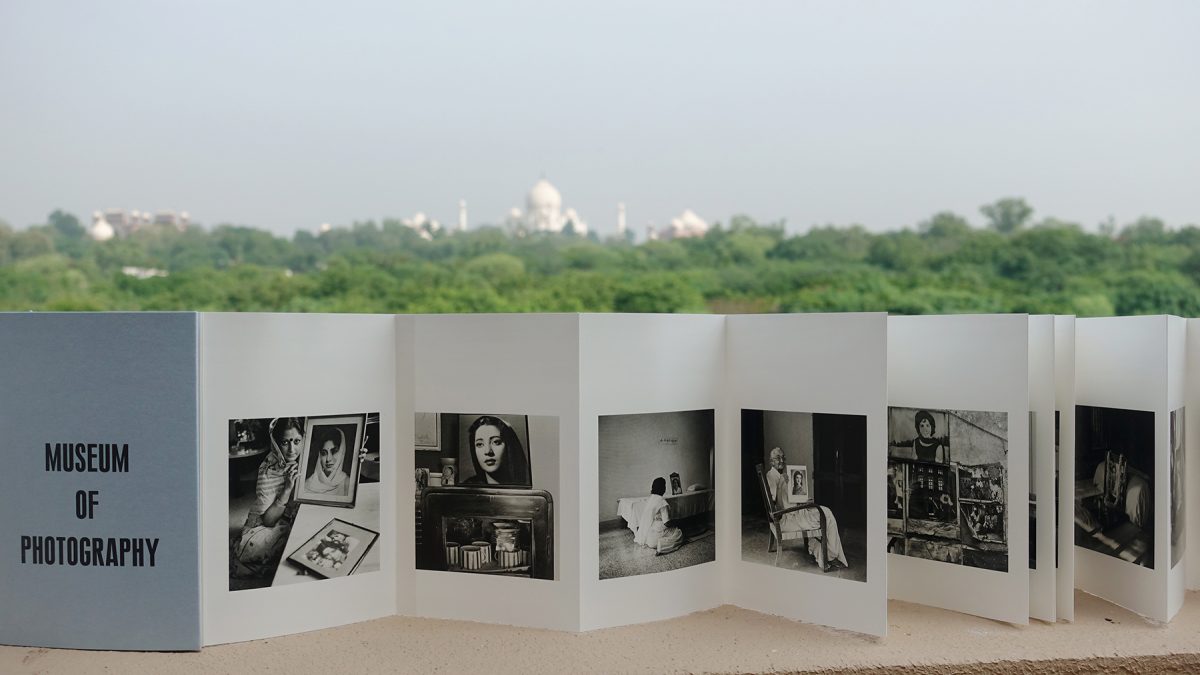
Dayanita Singh, Museum Bhavan, 2017, installed infront of the Taj Mahal
© Dayanita Singh, courtesy the artist and Steidl, Göttingen
“My medium is photography. I twist it and turn it, I wrestle with it – until the form reveals itself to me. That is my work as an artist. To excavate the potentials photography is pregnant with.” — Dayanita Singh
This exhibition brings together for the first time all the different forms that Singh has created in conversation with photographs she has made over four decades. It demonstrates how she expands our notions of photography to crucially include the concept of form. Dancing with my Camera is curated by Stephanie Rosenthal, Director of the Gropius Bau. Dancing with my Camera is accompanied by an extensive catalogue with scholarly essays, published by Hatje Cantz. The exhibition will tour to the Museum Villa Stuck, Munich; Musée d’Art Moderne Grand-Duc Jean – Mudam, Luxembourg; Museu de Arte Contemporânea de Serralves, Porto.
Dayanita Singh
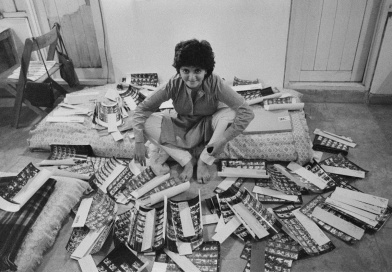
Dayanita Singh, Let’s See, 2021 © Dayanita Singh
Dayanita Singh was born 1961 in New Delhi, India. She studied Visual Communication at the National Institute of Design in Ahmedabad and Photojournalism and Documentary Photography at the International Center of Photography in New York. Recent solo exhibitions include: Dayanita Singh: Pothi Khana, Minneapolis Institute of Art (2021);Museum Bhavan, Tokyo Photographic Art Museum (2017); Collection Display: Go Away Closer, Tate Modern, London (2017); Suitcase Museum, Dr. Bhau Daji Lad Museum, Mumbai (2016); Museum of Machines: Photographs, Projections, Volumes, Fondazione MAST, Bologna (2016); Conversation Chambers Museum Bhavan, Kiran Nadar Museum of Art, Delhi (2015); Dayanita Singh, Art Institute of Chicago (2014); and Go Away Closer, Hayward Gallery, Southbank Centre, London (2013). Singh lives and works in New Delhi.
Dayanita Singh: Dancing with my Camera
18 March to 7 August 2022
Gropius Bau
Niederkirchnerstraße 7
D-10963 Berlin
TAGREE, I love the cultural work you do, I donate to show you my sincere appreciation:
or become a reader with a TAGREEplus+Pass for unlimted access






